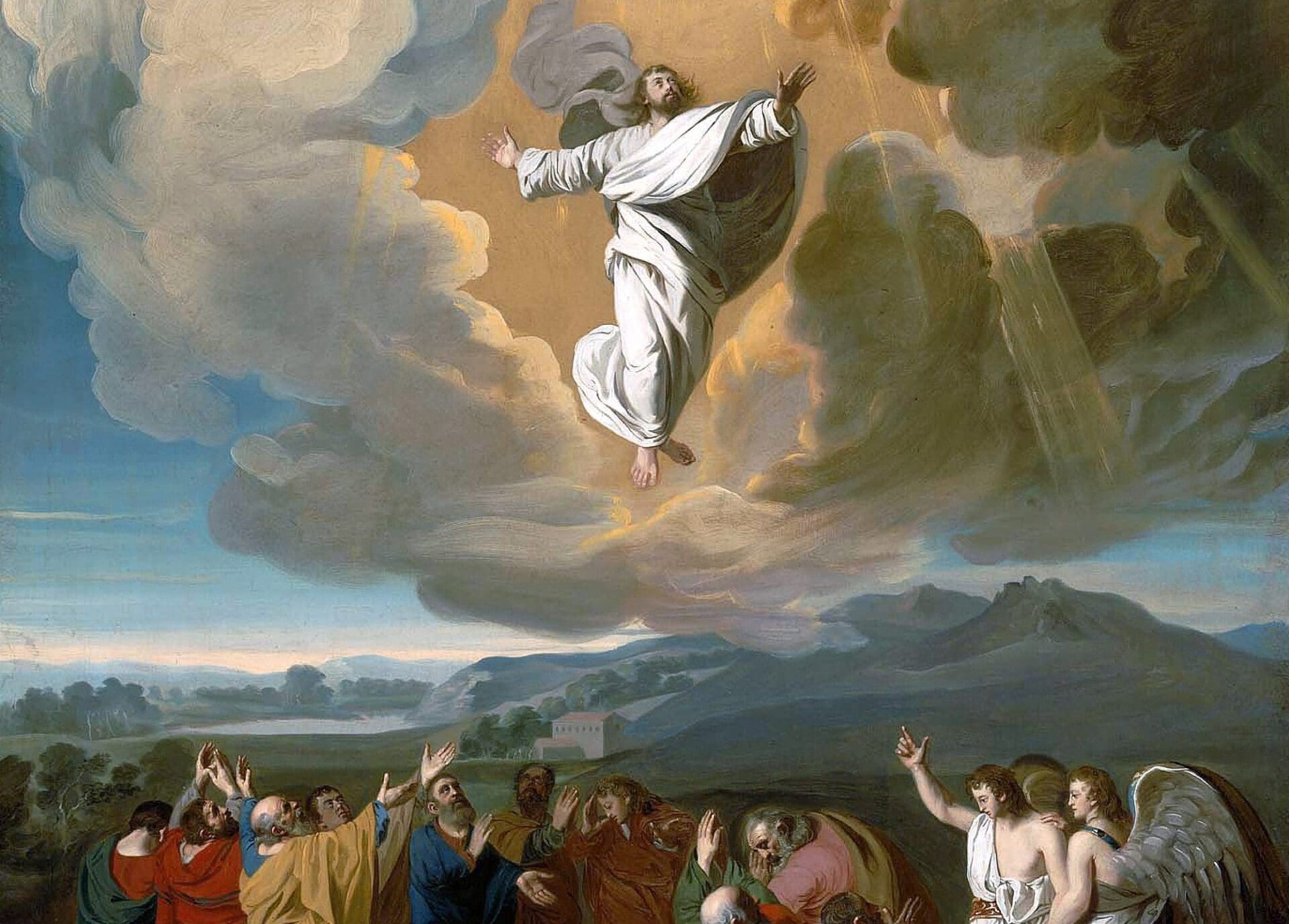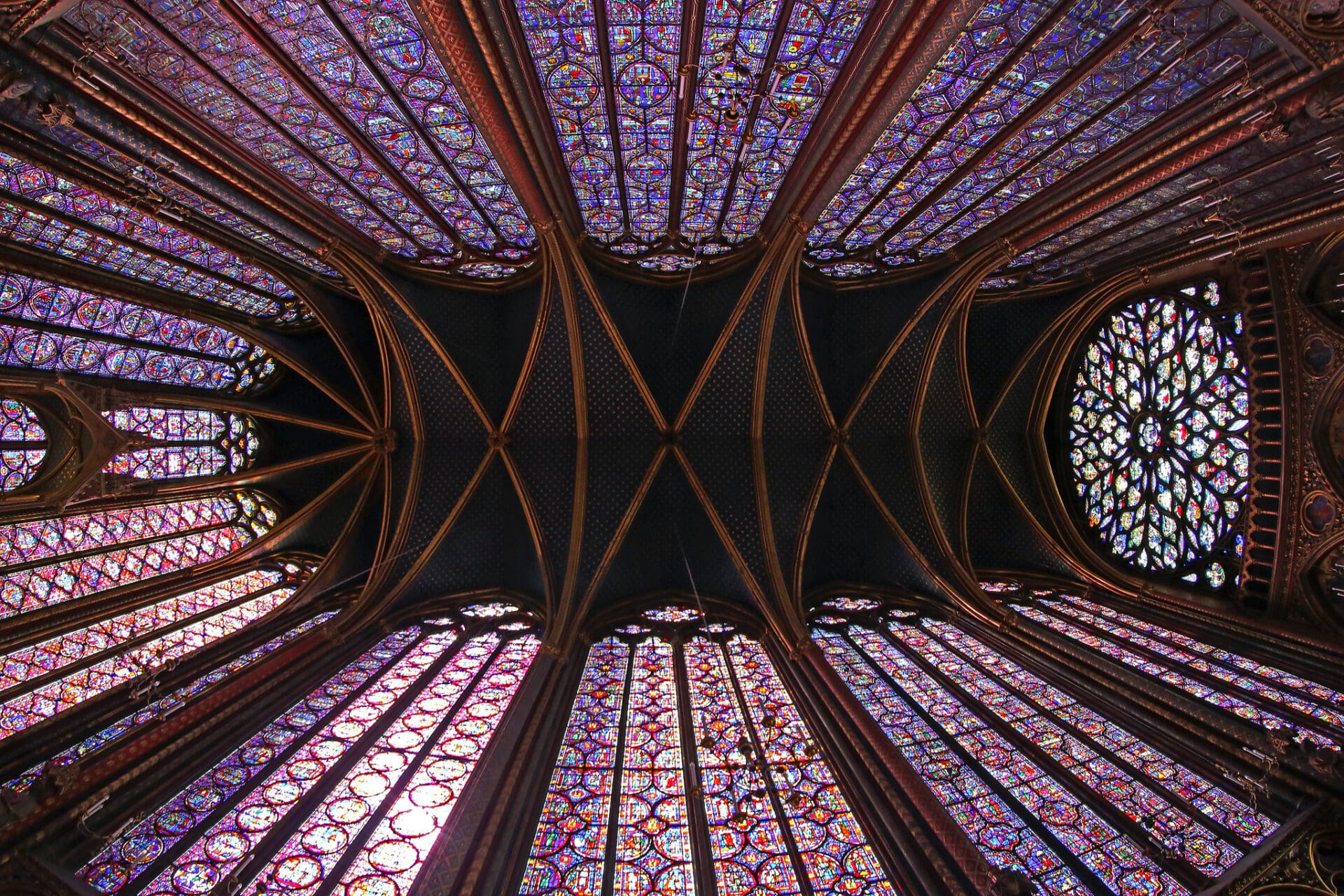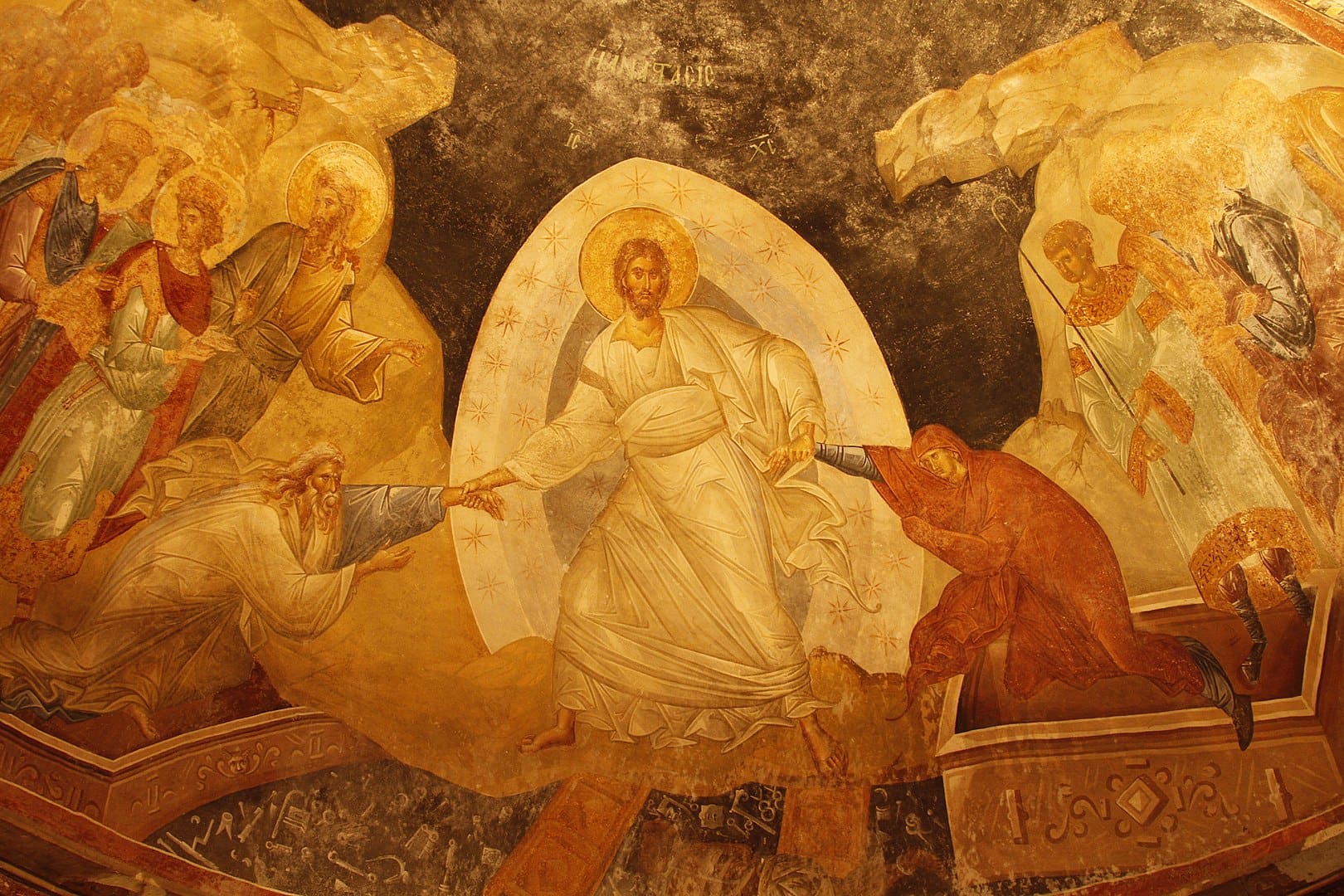Recently, the Congregation for Divine Worship and the Discipline of the Sacraments issued two decrees with norms simplifying the celebration of the Paschal Triduum in several specific ways (Decree “In time of Covid-19,” 19 March 2020 and 25 March 2020). These norms were issued on an exceptional basis, for this year only, given the widespread restrictions on public worship occasioned by the coronavirus (COVID-19) pandemic. While helpful in themselves, these simplifications require further explanation. Pastors will have to make decisions how best to implement them given their concrete circumstances. It is hoped that the following suggestions may assist pastors in preparing for and celebrating the Evening Mass of the Lord’s Supper, after any proper guidelines from the diocesan bishop are consulted.
Normally, all Masses without a congregation are forbidden on Holy Thursday (Cf. Paschalis Sollemnitatis, 47). For this year only, the Congregation granted all priests the exceptional faculty to offer Mass on Holy Thursday without a congregation, without singing, and without a sufficient number of ministers (Cf. Roman Missal: Sacred Paschal Triduum, 2). In its March 25 decree, the Congregation directs that concelebration may be avoided, but does not prohibit it outright. In addition, the March 19 decree notes that all the priests of the parish “can celebrate the Evening Mass of the Lord’s Supper.” Thus, it would seem that the Congregation might envision one or two concelebrants, priests of the parish who must necessarily be present at the Holy Thursday Mass. (It would seem odd not to permit them to concelebrate since they will be present anyway.) However, the Congregation does seem to discourage the normal practice of welcoming other visiting priests to concelebrate on this occasion.
The recent Decrees of the Congregation modify some rubrics for Holy Thursday Mass, but they appear to leave all the others in place. So, for example, Mass still begins with the tabernacle empty (Roman Missal: Mass of the Lords Supper, 5). The number of hosts, preferably few, which remain after the last celebration of Mass previous to Holy Thursday, should be reserved outside the sanctuary, in a part of the church not visible from the nave. Historically, this repository was in the sacristy, with a lamp burning nearby to indicate the Presence of the Lord. Or again, during the introductory rites, the bells of the church may still be rung at the Gloria, if at all possible, as a signal to the public that the Paschal Triduum is taking place.
The Liturgy of the Word is celebrated as usual. However, given the possible absence of a schola or even a cantor, some simplifications may be necessary according to the existing provisions of the General Instruction of the Roman Missal (GIRM). For example, the psalm could be read without any intervening response, which is always possible in every form of Mass (GIRM, 61). The verse before the Gospel could also be read without repeating its associated acclamation if there is no singing (GIRM, 62). The deacon or priest reading the Gospel could read the verse before the Gospel upon arriving at the ambo, or it could be read by others while he makes his way to the ambo. Incense or candles are permitted to accompany the reading of the Gospel, but there may not be a sufficient number of servers to carry this out. Each of the intentions of the faithful could be followed by silence, rather than a spoken or sung response (GIRM, 71).
The Congregation’s Decrees rightly note that the always-optional washing of the feet is omitted. The presentation of the bread, wine, and gifts for the poor (Roman Missal: Mass of the Lord’s Supper, 14) cannot take place if there are no faithful in attendance to present them. The pastor will need to prepare enough hosts for those who will receive Communion both on Holy Thursday and Good Friday (if the liturgy of the Lord’s Passion is taking place), for communion to the sick on Good Friday, and for communion to the dying on Holy Saturday. That number of hosts will necessarily be very small, given the circumstances. Otherwise the Liturgy of the Eucharist takes place as usual. At the direction of the Congregation, and the current practice in many dioceses, the sign of peace is omitted.
Prior to this year, if no celebration of the Lord’s Passion took place in the same church the following day, the small number of hosts consecrated at the Holy Thursday Mass were reserved in the tabernacle without any additional ceremony (Roman Missal: Mass of the Lord’s Supper, 44). The recent decree indicates that reservation of the Eucharist at the conclusion of Holy Thursday Mass this year takes place in the tabernacle of the church, rather than in a repository, even if the Celebration of the Lord’s Passion will take place in the same church the following day. Reservation in the tabernacle of the church, rather than in a repository set up in a separate location, means that the procession to the repository does not take place at the end of Holy Thursday Mass either. But the other rubrics concerning the conclusion of Mass appear to remain in place. Thus, even without the procession to the place of reposition, the priest celebrant should retain, insofar as possible, some of the rites surrounding the customary end of the Mass of the Lord’s Supper. This is especially important if Mass on Holy Thursday is being broadcast to the public in some way. The Mass on Holy Thursday still concludes with a period of adoration. This year, the adoration takes place before the tabernacle of the church, rather than a special repository set up outside the church. The location of adoration has changed; the gestures surrounding this adoration should be preserved as much as possible.
Thus, at the conclusion of communion, the hosts which remain are gathered into a single ciborium and placed on the corporal on the altar (Roman Missal: Holy Thursday, 35). The celebrant offers the Prayer after Communion at the chair. If sufficient servers are not available, the missal could be placed on a lectern before him. After the post-communion prayer, the celebrant goes to the altar, genuflects, and takes the ciborium in both hands to take it to the tabernacle. If he is not leaving the sanctuary to bring the Blessed Sacrament to the tabernacle, the celebrant does not wear the humeral veil. At the tabernacle (whether inside or outside of the sanctuary), he places the ciborium inside, with the door open. If there is a server, the celebrant can incense the Blessed Sacrament in the usual way from a kneeling position, bowing before and after. Then he rises, genuflects, and closes the door. A server lights the sanctuary lamp. In an extreme case, the celebrant could arrange for the censer and the boat to be placed on a stand next to the tabernacle for his use. In the case where the use of incense is impossible, there is no reason why the priest celebrant could not simply bring the remaining hosts directly to the tabernacle prior to the post-communion prayer.
Like all Masses where adoration of the Blessed Sacrament follows immediately upon the time of communion, there is no final blessing or dismissal to the Mass of Holy Thursday (Holy Communion and Worship of the Eucharist outside Mass, 94). All around the tabernacle spend some time in adoration, or they depart to remove vestments and return for some time in adoration (Roman Missal: Holy Thursday, 43). Adoration on Holy Thursday never takes place before the Blessed Sacrament in a monstrance, and adoration in common concludes before midnight (Roman Missal: Holy Thursday, 43; Paschalis Sollemnitatis, 55, 56).
What happens after the conclusion of adoration depends on whether the church will be open the next day, Good Friday, for private devotional prayer or for portions of the Liturgy of the Hours or for a simplified form of the Commemoration of the Lord’s Passion. If any of these take place in the church, especially if any are broadcast, the priest may consider removing the Blessed Sacrament from the tabernacle, especially if the tabernacle is in the sanctuary. This is the long-standing practice of the Church to mark the day when the Bridegroom is being taken way and, if possible, could be maintained. Thus, at the conclusion of even a brief period of adoration on Holy Thursday night, the hosts which remain after Mass should be transferred without any ceremony from the tabernacle in the church to the repository established elsewhere, most likely in the sacristy. They are reserved there with the hosts which remained prior to the celebration of Mass on Holy Thursday. This action can take place along with the removal (or veiling) of the crosses in the church and the altar cloths and candles mentioned in no. 41 of the Roman Missal for the Evening Mass of the Lord’s Supper.
It will be a source of great sadness for both priests and people that they will find themselves unable to mark Holy Thursday together. But the worship of God must continue in the Church, even in this more limited way. The fact that it is taking place with the greatest care and reverence possible will be a source of consolation to those few who will be present and even to those participating through the media.



